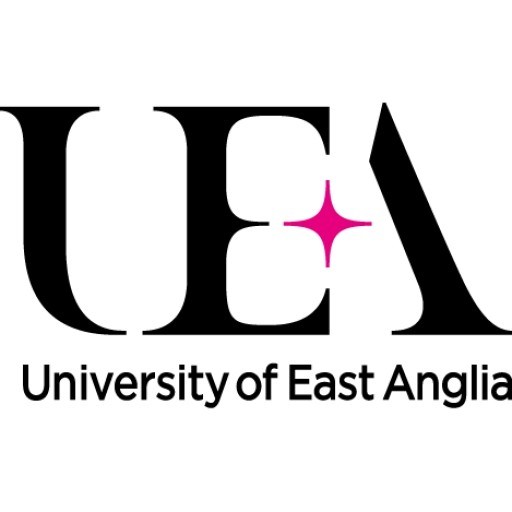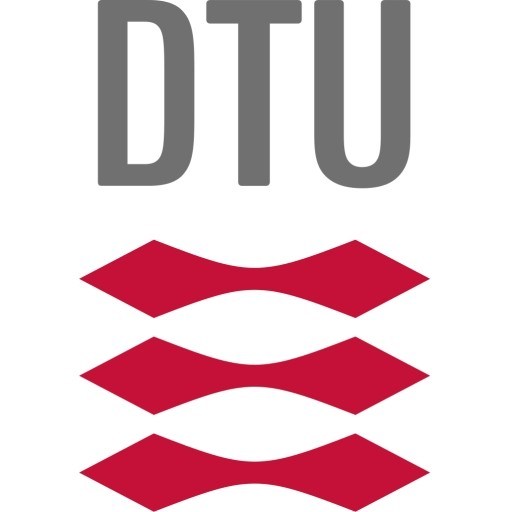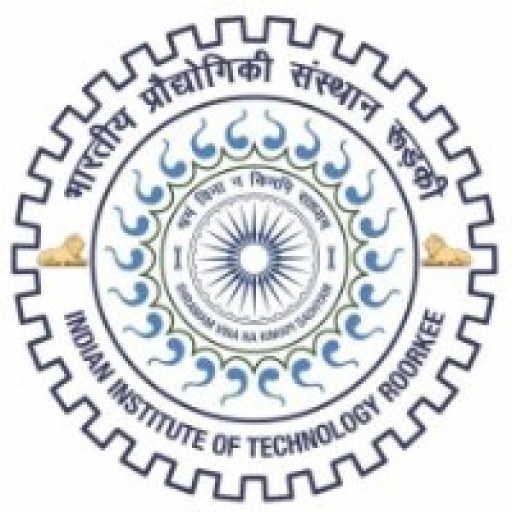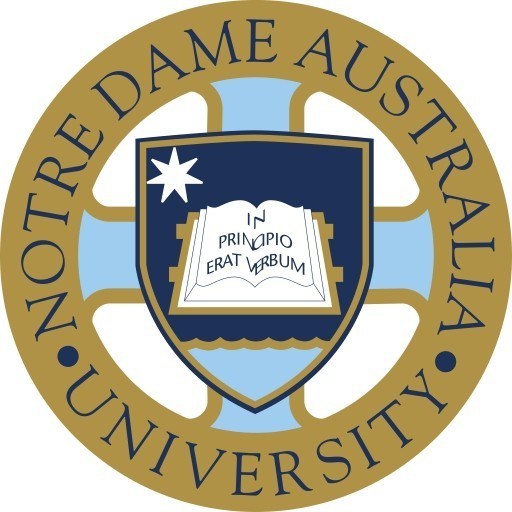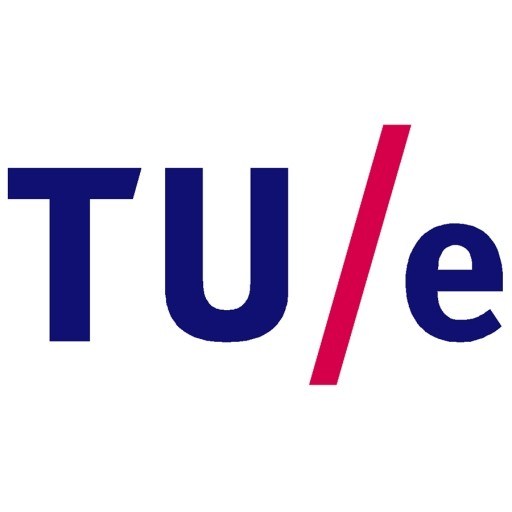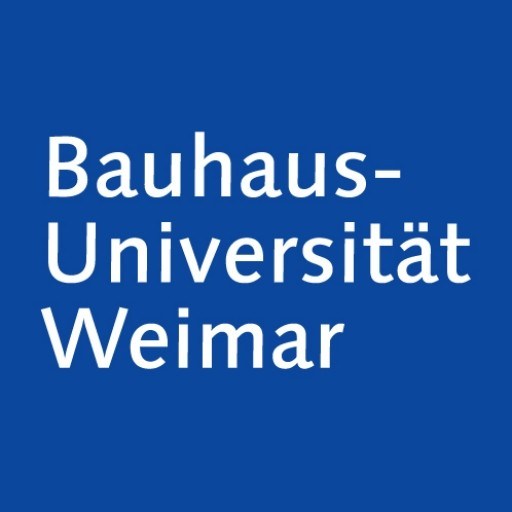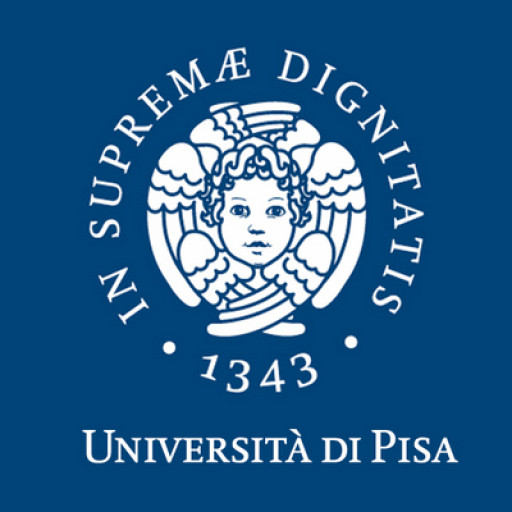Photos of university / #uniofeastanglia
The MSc in Computer Graphics at the University of East Anglia is a cutting-edge postgraduate programme designed for students passionate about the creation, development, and application of visual content in the digital realm. This course offers a comprehensive curriculum that combines theoretical foundations with practical skills, enabling students to thrive in industries such as video game design, film production, virtual reality, augmented reality, and multimedia development. Throughout the programme, students explore a wide range of topics including 3D modeling, animation, rendering techniques, computer vision, image processing, and real-time graphics. They gain hands-on experience with industry-standard software and programming languages, which prepares them for a competitive job market and innovative research opportunities. The course curriculum is structured to foster creativity, technical proficiency, and critical thinking, with opportunities for students to work on real-world projects, collaborate with industry partners, and develop a polished portfolio of work. The programme is delivered by experienced academics and industry practitioners who bring a wealth of knowledge and professional insight, ensuring that students receive a current and relevant education. With state-of-the-art laboratories and resources, students are supported throughout their journey to become proficient in the latest digital graphics tools and techniques. The MSc in Computer Graphics aims to equip graduates with the skills necessary to shape the future of digital visualisation and entertainment, opening doors to careers in digital media, software development, research, and innovation. Graduates leave the programme prepared to contribute to the technological advancements and creative industries that rely on advanced computer graphics solutions. The university’s vibrant academic community and strong links with industry provide an excellent environment for networking, professional development, and lifelong learning. Whether students are looking to enhance their existing skills, switch careers, or pursue research opportunities, this programme offers a rigorous and inspiring pathway into the world of computer graphics.
насичена сучасними знаннями та навичками у галузі комп’ютерної графіки, ця програма пропонує студентам можливість розвивати глибокі технічні та творчі компетенції у цій захоплюючій області. протягом навчання студенти ознайомлюються з основами комп’ютерної графіки, включаючи 2D і 3D моделювання, анімацію та візуальні ефекти. програма також зосереджена на освоєнні сучасних інструментів і програмних засобів, таких як Adobe Creative Suite, Autodesk Maya, Blender та інші популярні платформи, що є стандартом у галузі. студентам пропонуються курси з комп’ютерної графіки та візуальних ефектів, дизайн цифрових сцен, графічної анімації і інтерактивних медіа. особливий акцент робиться на проектах і практичних завданнях, що дозволяє студентам застосовувати отримані знання на практиці та працювати над реальними проектами. факультативи і майстер-класи залучають провідних фахівців у сфері цифрових технологій і мультимедіа. програма також включає в себе теоретичні курси, що покривають історію комп’ютерної графіки, її сучасний стан та перспективи розвитку. студенти здобувають навички критичного аналізу та вирішення складних завдань у галузі графічного дизайну, візуалізації та розробки ігор. структура програми передбачає в тому числі і самостійну роботу, командні проекти і можливість проходження практики у великих компаніях технологічного сектору. після завершення навчання випускники зможуть працювати у студіях комп’ютерної графіки, рекламних агентствах, студіях анімації та розробки відеоігор, а також займатися дослідницькою діяльністю у галузі цифрових технологій. ця програма готує студентів до викликів сучасної індустрії та сприяє формуванню інноваційного мислення та креативності у сфері цифрових медіа.
The Computer Graphics undergraduate program at the University of East Anglia is designed to provide students with a comprehensive understanding of both the theoretical and practical aspects of computer graphics, visual computing, and interactive media. The program aims to develop skills in programming, algorithm development, and the application of computer graphics techniques in various domains including entertainment, simulation, and visualization. Students will explore core topics such as computer graphics principles, 3D modeling, rendering, animation, and human-computer interaction. The curriculum emphasizes the importance of computer programming skills, including proficiency in relevant languages such as C++, Python, and Java, to create and manipulate digital graphics effectively. Critical coursework includes modules on 3D modelling, shading and rendering, digital image processing, visualization techniques, and virtual reality. Additionally, students are encouraged to develop their knowledge of mathematics, particularly linear algebra, geometry, and calculus, which underpin much of the computational graphics work. Practical experience is gained through project work, laboratory sessions, and a final year dissertation that allows students to focus on a specific area of interest, applying their technical skills to real-world problems. The program also fosters teamwork and communication skills, preparing graduates for careers in industries such as gaming, film, advertising, and software development. To facilitate this, students have access to state-of-the-art facilities, including computer labs equipped with industry-standard hardware and software. The program is designed to meet current industry requirements and to prepare students for further research or professional roles. Entry requirements typically include strong GCSEs in English, mathematics, and science, and A-levels or equivalent qualifications in relevant subjects such as mathematics, computing, or design technology. Overall, the program aims to produce graduates who are creative, analytical, and technically proficient, capable of contributing to the advancement of computer graphics and digital media technologies.
Want to improve your English level for admission?
Prepare for the program requirements with English Online by the British Council.
- ✔️ Flexible study schedule
- ✔️ Experienced teachers
- ✔️ Certificate upon completion
📘 Recommended for students with an IELTS level of 6.0 or below.
The University of East Anglia offers a range of financing options for students enrolled in its Computer Graphics degree programmes. Prospective students are encouraged to explore various sources of financial support to help fund their studies. The university provides detailed guidance on scholarships, bursaries, and grants available specifically for students pursuing degrees in digital media and computer sciences. Scholarships are often awarded based on academic achievement, potential, or financial need, with some programs offering merit-based awards that recognize excellence in relevant fields.
Additionally, the university participates in government funding initiatives, including Student Loans, which cover tuition fees and living expenses. UK and EU students can apply for maintenance loans and tuition fee loans through the Student Loans Company, making higher education more accessible. International students are advised to seek scholarships or sponsorships directly from the university or through external agencies, as eligibility criteria and availability can vary.
UEA also offers specific bursaries aimed at supporting students from underrepresented backgrounds or those facing financial hardship, ensuring a diverse and inclusive student community. Students are encouraged to visit the university's official financial aid pages for comprehensive and updated information on application procedures, deadlines, and eligibility requirements. Furthermore, many students supplement their income through part-time work either on or off-campus, and the university’s Careers Service provides various resources and advice to assist students in finding suitable employment opportunities.
Overall, financing studies at the University of East Anglia involves a combination of university-provided financial aid, government support, external scholarships, and personal savings or earnings. The university actively promotes financial planning and encourages students to explore all available options early in their application process to ensure that financial considerations do not hinder access to quality education in the field of computer graphics.
The University of East Anglia offers a comprehensive program in Computer Graphics that is designed to equip students with essential skills and knowledge in the field of digital visualisation and graphical computing. This program covers a broad spectrum of topics, including 3D modelling, animation, visual effects, computer rendering, and interactive media. Students are introduced to the fundamental principles of computer graphics, alongside practical applications using industry-standard software and tools. The curriculum emphasizes developing both technical proficiency and creative ability, enabling graduates to pursue careers across various sectors such as film and television, video game development, virtual reality, and simulation.
Throughout the course, students engage with a mix of theoretical lectures and practical workshops, fostering problem-solving and project management skills vital for professional success. The programme also highlights the importance of current trends and advancements in the field, including the integration of artificial intelligence and real-time rendering techniques. Collaboration and teamwork are core components, with opportunities for students to work on group projects that simulate real-world design processes.
Facilities at the University of East Anglia support this programme with dedicated computer labs equipped with the latest hardware and software, as well as access to high-performance rendering farms. Experts and guest lecturers from the industry frequently contribute to the programme, providing insights and networking opportunities for students. The curriculum is periodically reviewed to ensure alignment with industry standards and technological developments.
Graduates of the Computer Graphics program are well-prepared to enter the workforce as visual effects artists, 3D modelers, technical directors, or multimedia designers. They also have the option to pursue postgraduate studies or research in related fields. The university’s strong links with creative industries and recruitment agencies facilitate placements and career progression for students, making the program a valuable pathway into the dynamic digital visualisation sector.
